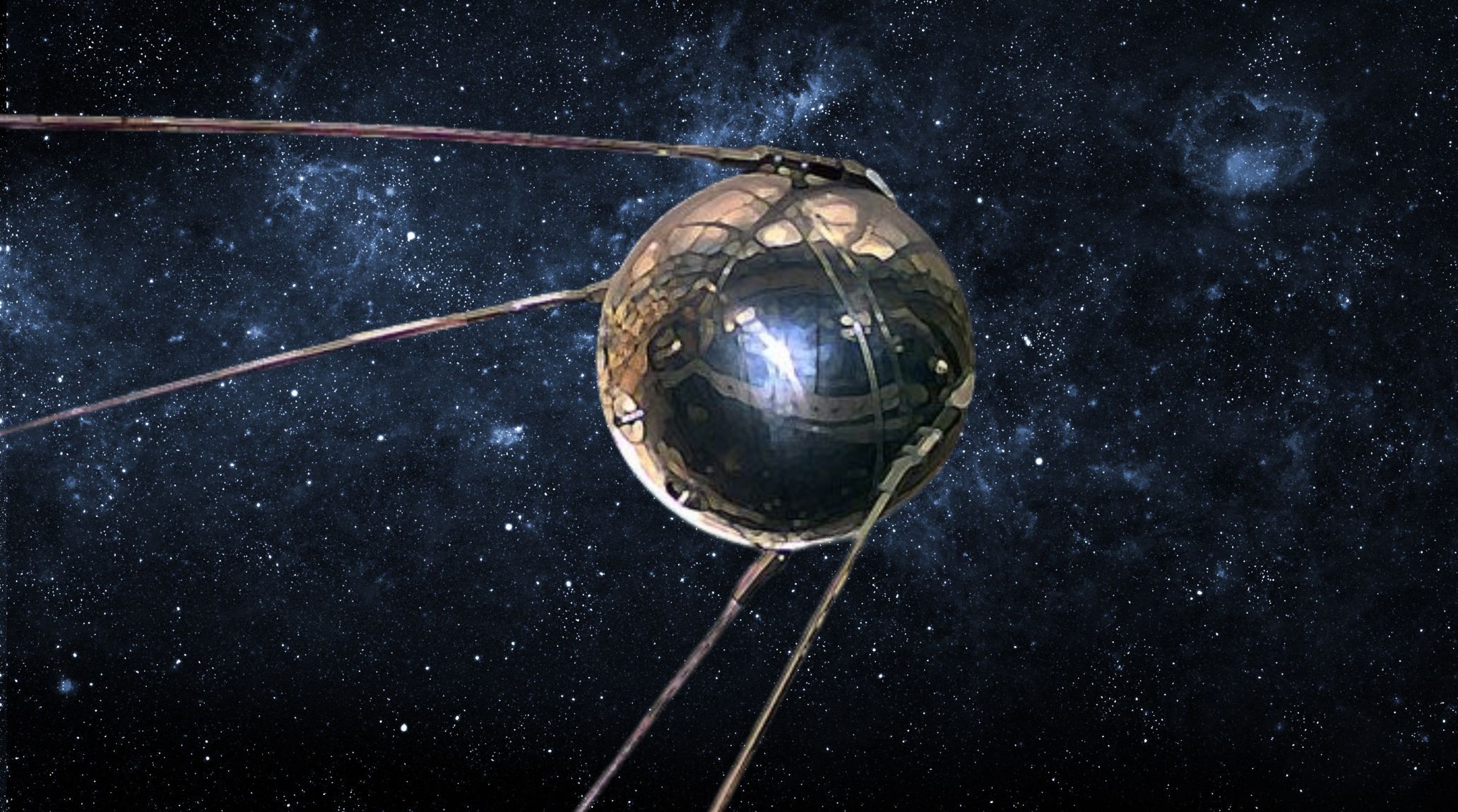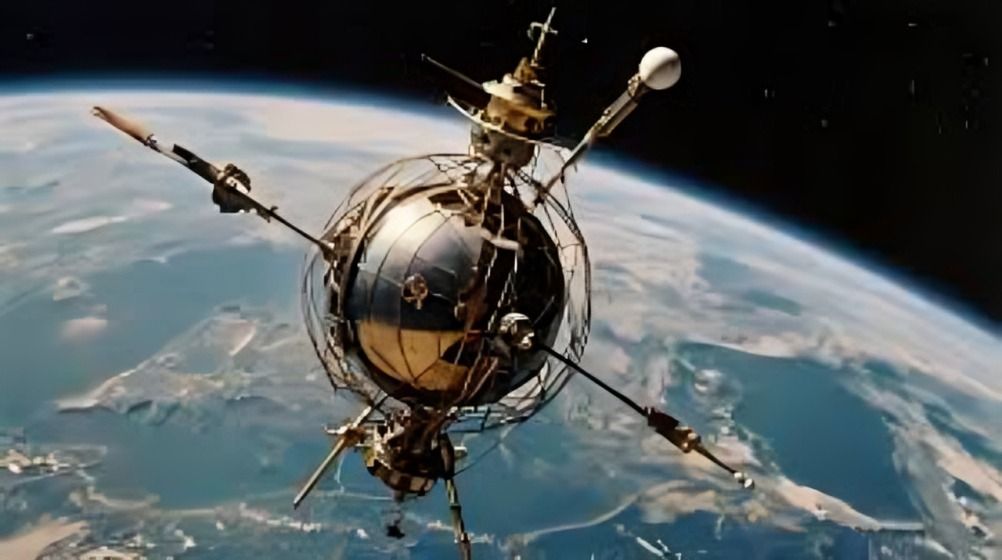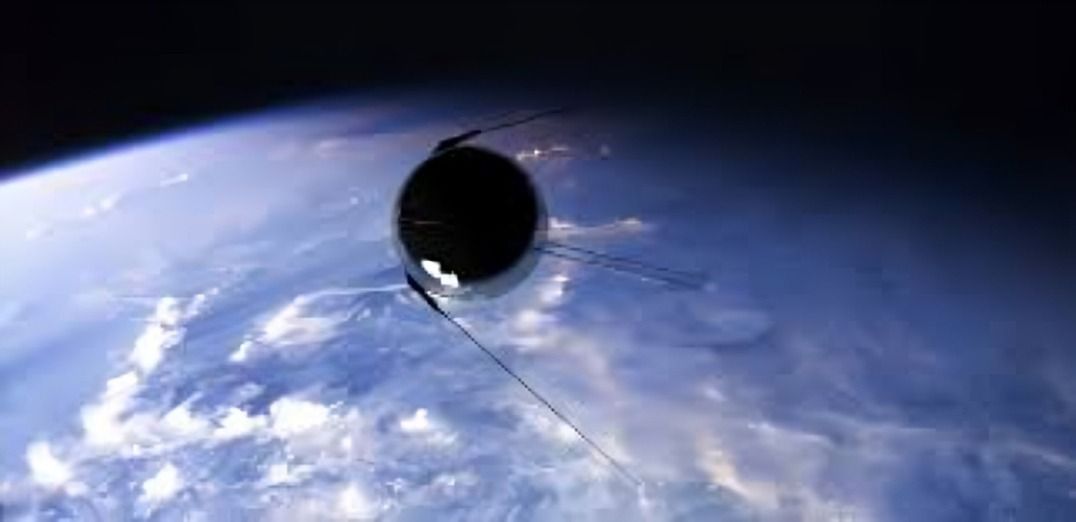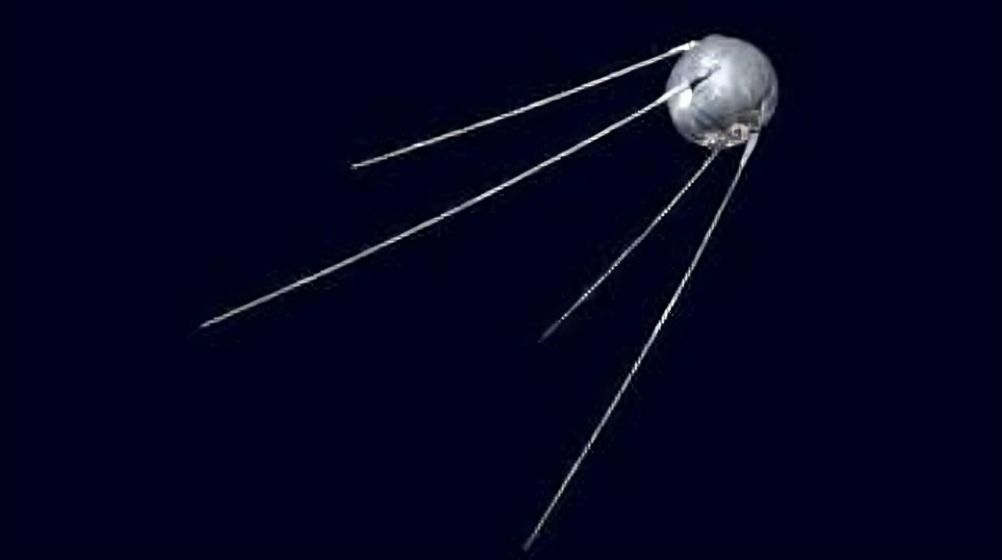
“
The launch of Sputnik on October 4, 1957, marked a turning point in history, sparking the Space Race and forever changing the landscape of space exploration. As the first artificial satellite to orbit Earth, Sputnik not only demonstrated the technological prowess of the Soviet Union but also instigated political, scientific, and cultural shifts worldwide. This article highlights 20 fascinating facts about the launch of Sputnik, from its impact on geopolitics to its lasting legacy in space exploration. Join us as we delve into the groundbreaking event that shaped the future of science and exploration.1
1
”
Launched on October 4, 1957, Sputnik 1 was the first artificial satellite to orbit Earth, marking the start of the space age and the space race between the U.S. and the USSR. 1
After separating from its rocket, Sputnik 1 orbited Earth at 29,000 km/h, completing a full orbit every 90 minutes. Its beeps, broadcast worldwide, became a signal from space to Earth. 2
The satellite was a polished metal sphere with four external radio antennas, weighing 85 kilograms (184 pounds), designed to transmit a radio pulse that could be detected on Earth. 3
Sputnik 1’s radio signal, a simple “beep-beep” sound, was transmitted on short-wave frequencies, allowing amateur radio operators worldwide to pick up the iconic signal. 4

Sputnik 1 orbited Earth at a speed of 29,000 kilometers per hour (18,000 mph) and completed one orbit approximately every 96 minutes, circling Earth roughly 1,440 times before its orbit decayed.
The successful launch of Sputnik 1 stunned the United States, leading to increased investments in science and technology and the eventual creation of NASA in 1958. 5
Sputnik’s launch is widely credited with intensifying the Cold War rivalry, sparking concerns in the United States over Soviet technological superiority in space. 6
In 1961, Yuri Gagarin became the first human to orbit Earth, leading the Soviets in the Space Race. The US and USSR expanded space programs, launching satellites and sending humans to space. 7
The satellite’s success marked the Soviet Union as a leader in space technology, leading to further missions, including Sputnik 2, which carried the first living creature, Laika the dog, into space. 8

Sputnik 1 transmitted signals for 22 days before its batteries died on October 26, 1957. After completing 1,440 orbits and traveling 70 million km, it burned up reentering Earth's atmosphere on January 4, 1958.
The Soviet Union's successful launch of Sputnik shocked the U.S., fueling fears that America had fallen behind in technological advancements, particularly in military development, as it had hoped to lead the space race. 9
Sputnik 1 had an elliptical orbit around Earth, with a perigee of 215 km (134 miles) and an apogee of 939 km (583 miles), varying its distance from the Earth's surface. 10
Sputnik 1’s successful orbit demonstrated that human-made objects could be placed in orbit around Earth, validating many theoretical models of rocket and satellite technology. 11
Following Sputnik’s launch, the Soviet Union issued commemorative stamps and medals, using the satellite’s achievement as a powerful symbol of Soviet scientific prowess. 12

The word "Sputnik" means "companion" or "satellite" in Russian, signifying the satellite's intended role as humanity’s first artificial companion in space.
Sputnik 1’s launch inspired numerous science-fiction works and space-themed educational programs worldwide, increasing public interest and awareness of space exploration. 13
The data from Sputnik 1 allowed scientists to study the density of Earth’s upper atmosphere, paving the way for future orbital and atmospheric research missions. 14
Sputnik’s launch prompted the United Nations to initiate discussions on international space law, eventually leading to the Outer Space Treaty, signed in 1967. 15
Sputnik’s success indirectly led to the formation of the Defense Advanced Research Projects Agency (DARPA) in the United States, tasked with ensuring U.S. technological advancements. 16
Although Sputnik 1 was small and simple by modern standards, its legacy endures as a groundbreaking achievement, representing humanity’s first step into space exploration.17


